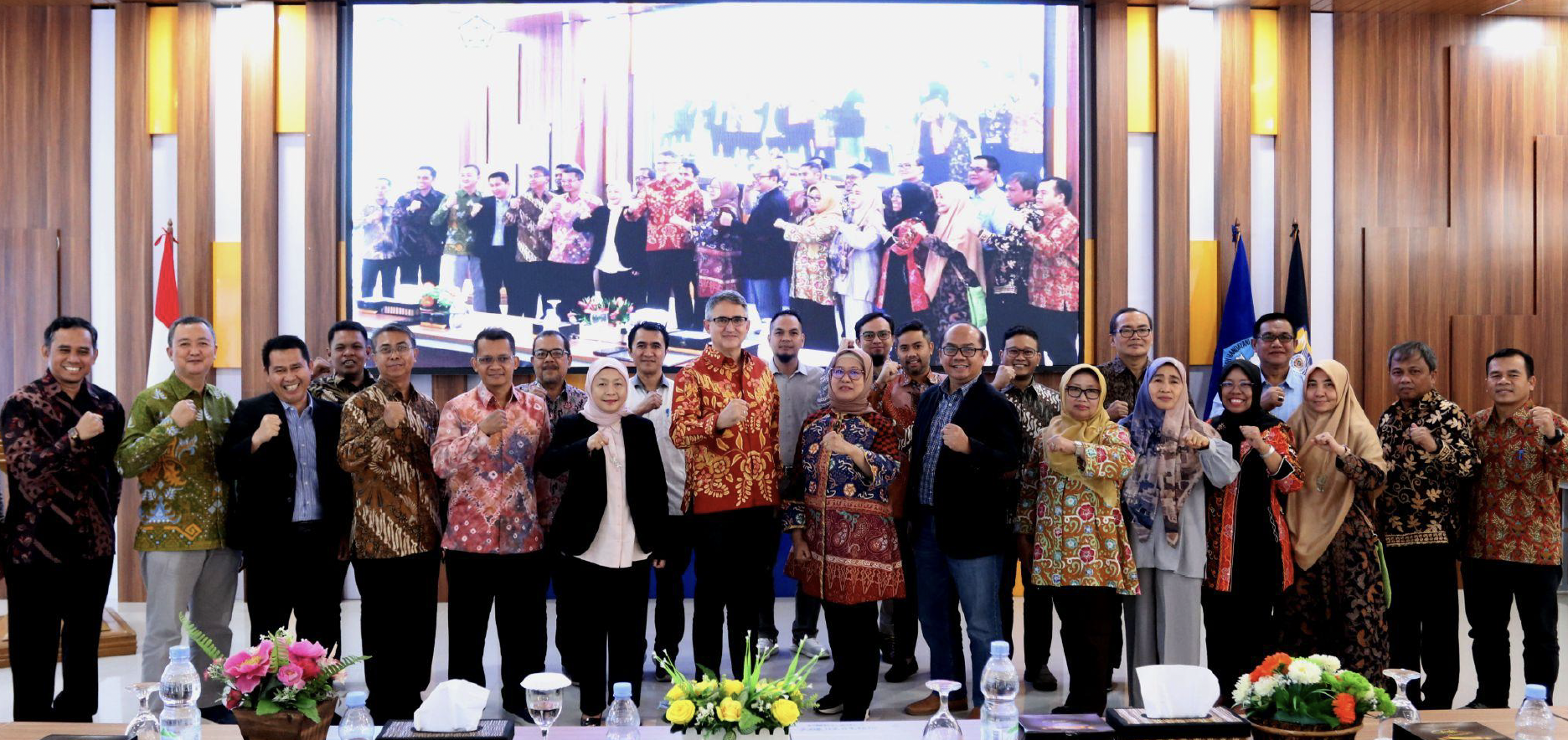Wireless power transfer is a technology that has seen significant advancements in recent years. Scientists and engineers have been working to create efficient and reliable methods of transferring power wirelessly. One of the most promising technologies for wireless power transfer is based on the principles of oscillations.Oscillations, or cyclic movements, are a fundamental property of many physical systems. One of the most common examples of an oscillation is that of a pendulum, which swings back and forth at a regular rhythm. In wireless power transfer, oscillations are used to transmit energy wirelessly between two devices.The basic principle of oscillation-based wireless power transfer is simple. Two devices are placed in close proximity to each other, and each device contains a circuit that is tuned to a specific frequency. The sending device generates oscillations at its tuned frequency, and these oscillations are picked up by the receiving device’s circuit. The oscillations induce a current in the receiving device, which can then be used to power a device or charge a battery.While the concept is simple, the implementation is complex. One of the biggest challenges of oscillation-based wireless power transfer is ensuring that the two devices are tuned to the same frequency. If the frequencies are even slightly different, the power transfer efficiency can drop dramatically. To address this, precise tuning methods are used to ensure that the two devices are perfectly synchronized.Another challenge is ensuring that the power transfer is efficient. In traditional wireless power transfer, energy is lost as it passes through the air from the sending device to the receiving device. In oscillation-based wireless power transfer, the energy is transmitted through the oscillations themselves. This means that the efficiency of the power transfer is greatly increased, but it also means that the device must be designed to maximize the oscillation’s strength and minimize any losses.Despite these challenges, researchers and companies around the world are working hard to bring oscillation-based wireless power transfer to the masses. The potential applications are vast, from charging phones and laptops to powering entire buildings wirelessly. Imagine a future where every device is powered wirelessly, with no need for messy cords or charging stations. This future may be closer than you think, thanks to the power of oscillations.Oscillations can indeed be utilized to charge a battery through wireless power transfer. The process involves the conversion of the oscillating energy into electrical energy, which is then stored in the battery.To charge a battery wirelessly using oscillations, the sending device generates oscillations at a specific frequency. These oscillations create an electromagnetic field around the sending device. This field carries energy that can be harnessed by the receiving device to charge its battery.The receiving device, typically equipped with a compatible circuit, is designed to resonate at the same frequency as the sending device. This resonance allows the receiving device to efficiently capture the oscillating energy from the electromagnetic field. The energy captured is then converted into electrical energy through a process known as electromagnetic induction.Electromagnetic induction involves the transfer of energy between two circuits through a varying magnetic field. In this case, as the receiving device captures the oscillating energy, it induces an electrical current within its circuit. This current is then directed to flow into the battery for charging.Efficiency is a critical factor in this process. Optimizing the resonance between the sending and receiving devices, along with reducing losses, can significantly enhance the efficiency of wireless power transfer and battery charging. Precise tuning methods and advanced circuit designs are utilized to achieve maximum power transfer efficiency.Moreover, various safety measures are implemented to ensure that the battery is charged correctly. These include voltage regulation, temperature monitoring, and the appropriate charging algorithms to prevent overcharging or damaging the battery.By leveraging the principles of oscillations, wireless power transfer can offer a convenient and efficient method to charge batteries without the need for physical connections. This technology has the potential to revolutionize battery charging in numerous applications, ranging from smartphones and smartwatches to electric vehicles and renewable energy systems.There are several challenges in implementing oscillation-based wireless power transfer on a larger scale. Some of the significant challenges are:1. Distance: Wireless power transfer through oscillations is highly efficient for short-range transmissions but becomes less effective as the distance between the sending and receiving devices increases. This is mainly because the energy dissipates through the atmosphere. Researchers are investigating various techniques to improve the long-range transfer of power, such as using beamforming, reflecting surfaces, and repeaters.2. Interference: The signals used in wireless power transfer may interfere with other wireless devices operating in the area, causing performance degradation or even failures. This interference problem could be reduced using advanced transmitting and receiving modules and specifically designed hardware that permits coexistence with other wireless communication systems.3. Safety: Safety concerns are an essential aspect of wireless power transfer. Improper power transfer procedures can cause damage to devices or, on the worst, pose a health hazard to individuals. Standards exist, such as the International Commission on Non-Ionizing Radiation Protection (ICNIRP) guidelines to help ensure that wireless power transfer remains safe.4. Cost: The cost of incorporating wireless power transfer technology into devices may act as a hindrance to its widespread adoption. For example, the cost of producing specialized chips and equipment to enable wireless power transfer will need to be reduced.5. Regulatory barriers: Regulatory barriers can impede the deployment of wireless power transfer technology on a large scale as governments may restrict the use of certain radio frequencies or impose strict safety standards.Despite these challenges, researchers and industries continue to devote resources into improving the effectiveness, safety, and efficiency of wireless power transfer. As the technology advances, wireless power transfer could become more accessible than ever before, bringing about conveniences never previously imagined.Several techniques are being researched and developed to improve long-range wireless power transfer. Here are a few notable ones:1. Resonant Inductive Coupling (RIC): RIC is a technique that enables efficient wireless power transfer over longer distances. It involves using resonant circuits in both the transmitting and receiving devices to ensure a high degree of power transfer efficiency. By tuning the resonant frequency of the circuits, researchers aim to achieve longer-range power transfer.2. Beamforming: Beamforming involves focusing the wireless power transfer signals into a directed beam. By using advanced antenna arrays, the power can be concentrated, increasing the efficiency and range of the wireless power transfer. This technique is being explored for applications like wireless charging of electric vehicles.3. Magnetic Resonance Coupling (MRC): MRC is a technique that utilizes the concept of resonant inductive coupling but is capable of longer-range power transfer. It involves employing resonant coils with higher quality factors, which means they have lower losses and higher efficiency. MRC can enable power transfer over several meters or even longer distances.4. Radio Frequency (RF) Harvesting: RF harvesting involves capturing ambient RF energy, such as Wi-Fi signals or cellular signals, and converting it into usable electrical energy. This technique is being explored for powering low-power devices over longer distances, utilizing existing wireless infrastructure.5. Free-Space Optical Power Transfer: Free-space optical power transfer utilizes laser beams to transmit power wirelessly through the air. By using focused laser beams, power can be transferred over longer distances, potentially enabling wireless power transfer for applications like space-based solar power generation.Researchers are continuously working on improving the efficiency, safety, and practicality of these techniques to enable long-range wireless power transfer. These advancements have the potential to revolutionize various sectors such as electric vehicles, industrial automation, and remote sensing.#electricity #energy #future #data #technology #ai #ml #robotics #nanotech #sdg #drsanjayrout #disruption #tech #coach #author #thiughtleader #thinktank #innovation #research #idea
Futuristic Quantum Tech-Harmonics: Revolutionizing Wireless Energy Transfer











